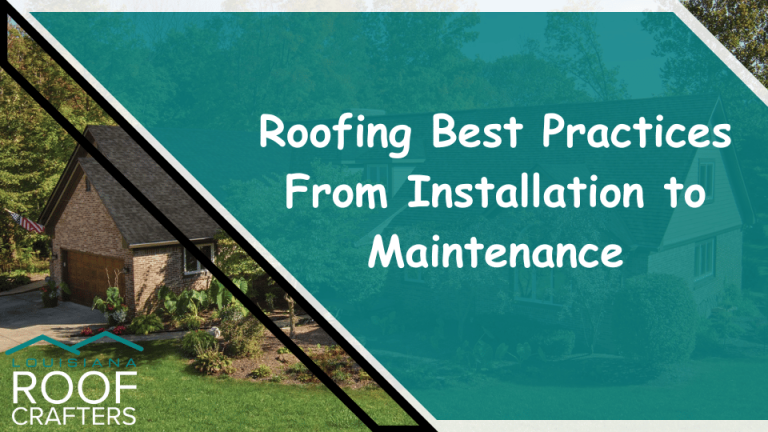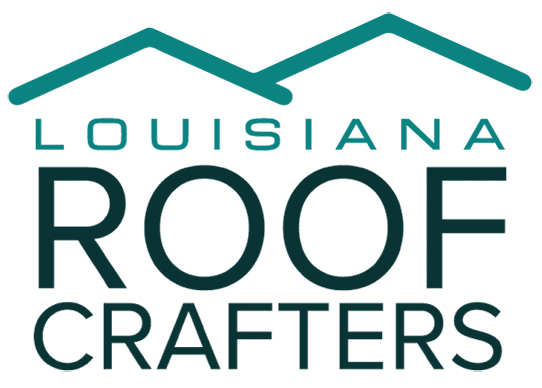Roofing Best Practices From Installation to Maintenance with Louisiana Roof Crafters. A well-maintained roof is essential for the protection, longevity, and energy efficiency of your home. Whether you are considering a new roof installation or looking to extend the life of your existing roof, adhering to roofing best practices is crucial. In this comprehensive guide, we will cover the key aspects of roofing, from proper installation techniques to essential maintenance tips, ensuring that your roof remains a reliable shield for your home.

Roof Installation Best Practices
Choose Quality Materials:
Opt for high-quality roofing materials that are suitable for your climate and aesthetic preferences.
Verify that the materials meet local building codes and manufacturer recommendations.
Professional Installation:
Hire experienced roofing contractors with a proven track record.
Ensure proper ventilation and insulation are included in the installation to regulate indoor temperatures and prevent moisture buildup.
Proper Roof Deck Preparation:
Ensure the roof deck is clean, dry, and structurally sound before installing roofing materials.
Use appropriate underlayment and flashing to provide an additional layer of protection against water infiltration.
Attention to Detail:
Pay close attention to the installation of flashings around roof penetrations, such as chimneys, vents, and skylights.
Carefully follow manufacturer guidelines for shingle or roofing material installation, including fastening methods.
Ventilation and Insulation:
Install adequate roof ventilation to prevent condensation and moisture buildup.
Ensure proper attic insulation to regulate indoor temperatures and reduce energy consumption.
Regular Roof Maintenance
Inspections:
Conduct regular visual inspections of your roof. Look for missing or damaged shingles, flashing issues, and signs of water damage.
Schedule professional inspections at least once a year to identify potential problems early.
Gutter Cleaning:
Clean gutters and downspouts regularly to prevent water buildup on the roof and potential damage to the foundation.
Ensure that gutters are securely fastened and free of debris.
Trim Overhanging Branches:
Trim overhanging tree branches to prevent damage from falling debris during storms.
Falling leaves and branches can also clog gutters, leading to drainage issues.
Snow and Ice Removal:
In regions with heavy snowfall, consider snow removal to prevent excessive weight on the roof.
Install ice dams prevention measures, such as roof heating cables or adequate insulation, to prevent ice buildup.
Moss and Algae Control:
Address moss and algae growth promptly to prevent damage to roofing materials.
Use appropriate cleaning solutions or hire professionals for moss and algae removal.
Repair Promptly:
Address minor roof issues, such as loose or damaged shingles, flashing problems, or leaks, promptly to prevent them from worsening.
Hire professionals for roof repairs to ensure the work is done correctly.
Re-Sealing Flashings:
Periodically inspect and reseal roof flashings to maintain their waterproof integrity.
Damaged or deteriorated flashing can lead to water leaks.
Extended Roof Lifespan Best Practices
Roof Coatings:
Consider applying roof coatings to extend the life of your roof. These coatings can provide additional protection against UV radiation and water damage.
Choose the right type of coating for your roofing material.
Reflective Roofing Materials:
Install reflective roofing materials to reduce heat absorption and lower cooling costs.
Reflective or cool roofs can also extend the lifespan of your roof by reducing temperature-related stress.
Regular Professional Inspections:
Schedule annual or biannual inspections with professional roofing contractors to detect and address potential issues before they become major problems.
Professionals can identify hidden issues that may not be visible during routine inspections.
Energy Efficiency Improvements:
Invest in energy-efficient improvements, such as attic insulation, proper ventilation, and cool roofing materials, to reduce energy consumption and extend the life of your roof.
Adequate Ventilation:
Ensure that your roof has proper ventilation to prevent moisture buildup, which can lead to rot and deterioration of roofing materials.
Prevent Ice Dams:
Implement ice dam prevention measures in regions prone to freezing temperatures. This includes installing roof heating cables or improving insulation to prevent ice dam formation.
Conclusion
Roofing best practices encompass a range of considerations, from proper installation techniques to ongoing maintenance and energy-efficient improvements. Following these guidelines can significantly extend the lifespan of your roof, reduce energy costs, and protect your home from water damage and other potential issues. Regular inspections, professional maintenance, and addressing minor problems promptly are essential steps to ensuring that your roof remains a reliable and durable component of your home for years to come. Remember that consulting with experienced roofing professionals is often the best way to implement these practices effectively and safeguard your investment in your home’s roof.
Call Louisiana Roof Crafters at 225-238-6396 for more information. We service areas in Amite, Kentwood , Hammond, Covington, Mandeville, Slidell, and New Orleans, LA.




